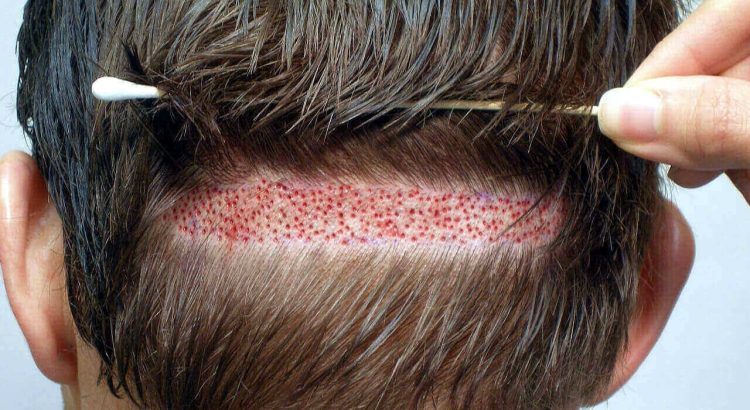Contents;
What Is Dhi Hair Transplant Method?
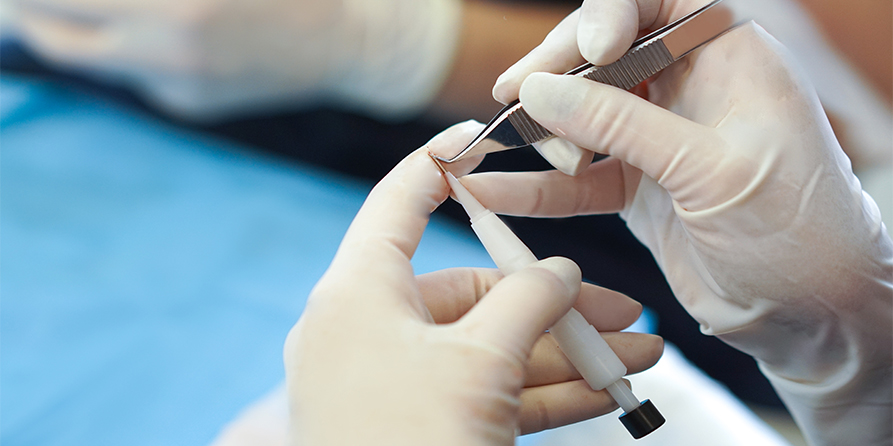
The DHI hair transplant method, also known as Direct Hair Implantation, is a minimally invasive hair restoration technique that provides natural-looking results. Unlike traditional hair transplant methods that involve removing a strip of skin from the donor area, DHI uses a specialized tool called a Choi implanter pen to extract and implant individual hair follicles. This innovative technique ensures precision and reduces the risk of damage to the hair follicles.
During a DHI hair transplant procedure, hair follicles are extracted from the donor area (typically the back or sides of the head) and carefully implanted into the recipient area (balding or thinning areas). The Choi pen allows the surgeon to control the depth, angle, and direction of each implanted hair follicle, resulting in a natural hairline and optimal graft survival.
One of the key advantages of the DHI hair transplant method is the lack of incisions or stitches. As a result, the procedure is virtually painless and requires minimal downtime. Patients can expect a quick recovery and can typically resume their normal activities within a few days. Additionally, the DHI technique reduces the risk of scarring, making it an ideal choice for individuals who prefer a discreet and scar-free hair restoration option.
- DHI hair transplant method minimizes the risk of damage to hair follicles.
- The procedure is virtually painless and requires minimal downtime.
- Patients can resume their normal activities within a few days.
| Advantages of the DHI Hair Transplant Method |
|---|
| The DHI technique ensures precision and natural-looking results. |
| The lack of incisions or stitches reduces the risk of scarring. |
| The Choi implanter pen allows for control over the depth, angle, and direction of each hair follicle. |
How Does The Dhi Hair Transplant Method Work?
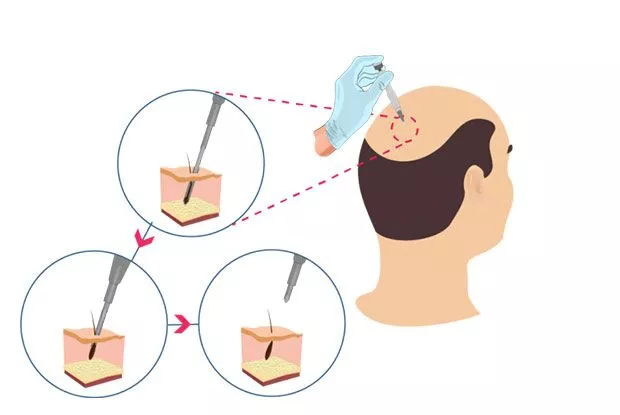
The DHI hair transplant method, also known as Direct Hair Implantation, is a revolutionary hair restoration technique that offers permanent and natural-looking results. Unlike traditional hair transplant methods, such as FUE or FUT, DHI does not require the removal of a strip of hair from the donor area.
Instead, DHI involves the use of a specialized tool called a Choi Implanter Pen. This pen has a hollow needle attached to it, which allows the surgeon to extract individual hair follicles from the donor area and directly implant them into the recipient area. The entire process is performed under local anesthesia, ensuring minimal discomfort for the patient.
The DHI method offers several advantages over other hair transplant techniques. Firstly, it eliminates the need for creating incisions or channels in the scalp to implant the hair follicles. This means that the healing process is faster and there is a reduced risk of scarring. Additionally, since the hair follicles are inserted directly into the recipient area, they have a higher chance of survival and growth.
- One of the key benefits of the DHI hair transplant method is its precision. The Choi Implanter Pen allows the surgeon to control the depth, angle, and direction of each hair follicle, resulting in a natural and aesthetically pleasing hairline.
- Furthermore, DHI enables the transplantation of a larger number of hair follicles in a single session compared to other techniques. This means that patients can achieve fuller and denser hair growth in a shorter period of time.
- The DHI method is also suitable for individuals with a limited donor supply or those who have previously undergone unsuccessful hair transplant procedures. Since it does not require a strip of hair to be removed, it can be performed even if the donor area has limited hair follicles available.
In conclusion, the DHI hair transplant method offers a highly effective and advanced solution for individuals suffering from hair loss. Its unique technique of direct hair implantation ensures natural-looking results with minimal scarring and a faster recovery process. Whether you have a receding hairline, thinning hair, or complete baldness, DHI can help you restore your hair and regain your confidence.
| Advantages of DHI Hair Transplant Method: |
|---|
| 1. Precise and natural-looking results |
| 2. Higher number of hair follicles transplanted |
| 3. Suitable for individuals with limited donor supply |
Benefits Of The Dhi Hair Transplant Method
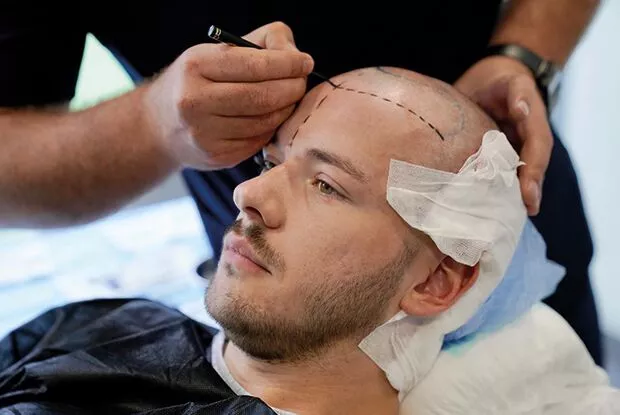
The DHI hair transplant method, also known as Direct Hair Implantation, is a cutting-edge technique for hair restoration. This method offers numerous benefits over traditional hair transplant methods, making it a popular choice among individuals seeking a permanent solution to hair loss.
One of the key benefits of the DHI hair transplant method is the precise and natural-looking results it delivers. With this technique, individual hair follicles are extracted from the donor area using a specialized tool called a Choi implanter pen. These follicles are then directly implanted into the recipient area without the need for incisions or stitches. This meticulous process allows for greater control and precision, ensuring that the transplanted hair grows in a way that matches the patient’s natural hairline and density.
Additionally, the DHI hair transplant method offers minimal downtime and a faster recovery compared to other hair transplant techniques. Since there are no incisions or stitches involved, the healing process is quicker, with most patients experiencing minimal discomfort and scarring. This allows individuals to resume their daily activities sooner, without having to worry about long periods of recovery or post-operative care.
Furthermore, the DHI hair transplant method is suitable for a wide range of individuals, including those with limited donor hair availability and those who have previously undergone unsuccessful hair transplant procedures. The technique allows for the transplantation of a higher number of hair follicles, making it an ideal choice for individuals with advanced hair loss or those seeking a denser hairline. The advanced Choi implanter pen used in the DHI method also minimizes trauma to the hair follicles, resulting in higher survival rates and better overall outcomes.
| BENEFITS OF DHI HAIR TRANSPLANT METHOD |
|---|
| 1. Precise and natural-looking results |
| 2. Minimal downtime and faster recovery |
| 3. Suitable for a wide range of individuals |
Difference Between Dhi And Other Hair Transplant Methods
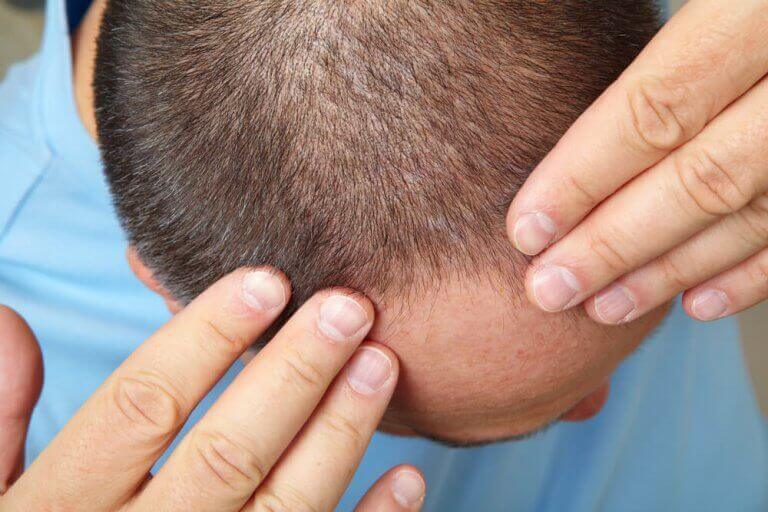
DHI hair transplant, also known as Direct Hair Implantation, is a modern and advanced method of hair restoration that offers several benefits compared to other traditional hair transplant techniques. Unlike the traditional Follicular Unit Transplantation (FUT) or Follicular Unit Extraction (FUE) methods, DHI involves the use of a specialized Choi pen, which allows for direct implantation of hair follicles without the need for incisions or stitches.
The first major difference between DHI and other hair transplant methods is the way the grafts are harvested. In FUT, a strip of skin is taken from the donor area, and the individual hair follicles are then extracted and transplanted into the recipient area. On the other hand, in FUE, the hair follicles are individually extracted using a punch tool. In DHI, the Choi pen is used to extract and implant the hair follicles simultaneously, making the process more efficient and reducing the risk of damage to the grafts.
Another key difference is the implantation process itself. In traditional methods, the recipient area is prepared by creating small incisions or holes using a scalpel or needle. Then, the harvested follicles are placed into these incisions or holes. In DHI, the Choi pen eliminates the need for incisions. The hair follicles are directly implanted into the scalp using a special implantation technique, which ensures a higher graft survival rate and a more natural-looking result.
- The DHI hair transplant method offers several advantages over other techniques:
- Minimal scarring: Since there are no incisions or stitches required, DHI leaves behind minimal scarring, making it an ideal option for those who prefer to wear their hair short.
- Natural-looking results: The direct implantation technique used in DHI allows for precise placement of each follicle, resulting in a natural hairline and dense, evenly distributed hair growth.
- Faster recovery: DHI has a quicker recovery time compared to traditional methods. Patients can typically resume their normal activities within a few days.
- Higher graft survival rate: The use of the Choi pen in DHI helps to minimize trauma to the grafts, resulting in a higher survival rate and improved growth.
In conclusion, DHI hair transplant method stands out from other hair transplant techniques due to its extraction and implantation process. The use of the Choi pen allows for direct implantation of hair follicles, eliminating the need for incisions and improving the overall efficiency and success of the procedure. DHI offers several benefits, including minimal scarring, natural-looking results, faster recovery, and a higher graft survival rate. If you are considering a hair transplant, it is important to consult with a qualified and experienced hair transplant specialist to determine the most suitable method for your specific needs and goals.
| Traditional Hair Transplant Methods | DHI Hair Transplant Method |
|---|---|
| Requires incisions or holes in the recipient area. | Eliminates the need for incisions. |
| Uses scalpels or needles to create incisions. | Uses a specialized Choi pen for implantation. |
| Longer recovery time. | Faster recovery. |
| Potential for visible scarring. | Minimal scarring. |
| Lower graft survival rate. | Higher graft survival rate. |
Is The Dhi Hair Transplant Method Suitable For Everyone?
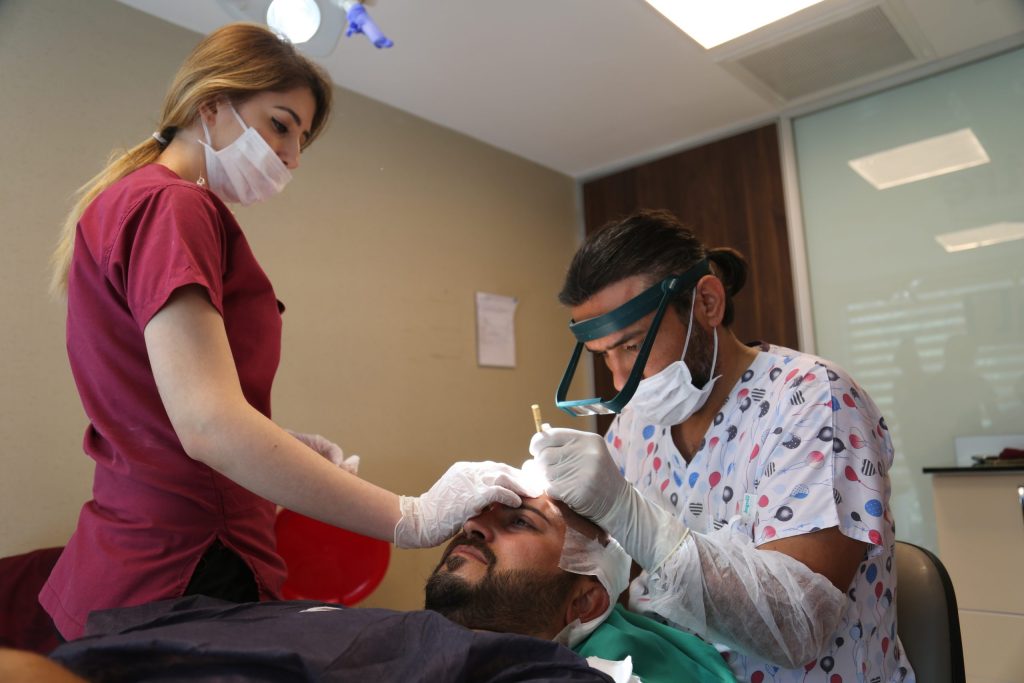
DHI hair transplant, also known as Direct Hair Implantation, is a revolutionary method used for hair transplantation. It is considered to be a more advanced and effective technique compared to traditional hair transplant methods. But the question arises, is the DHI hair transplant method suitable for everyone? Let’s find out.
The DHI hair transplant method is suitable for both men and women who are experiencing hair loss or thinning hair. It is particularly beneficial for individuals with a receding hairline, bald spots, or those who have lost hair due to accidents or medical conditions.
One of the main advantages of the DHI hair transplant method is that it does not require any incisions or stitches. This makes it a preferred choice for individuals who have a fear of surgery or are concerned about scarring. The procedure is minimally invasive and uses a special pen-like instrument known as a Choi Implanter to extract and implant hair follicles.
- The DHI hair transplant method also offers a natural-looking result. The hair follicles are carefully selected and implanted in a way that mimics the natural direction and angle of your hair growth. This ensures that the transplanted hair blends seamlessly with your existing hair, resulting in a fuller and more natural appearance.
- Another key advantage of the DHI hair transplant method is its high success rate. The accuracy and precision of the Choi Implanter enable the surgeon to implant the hair follicles directly without damaging them. This promotes better survival of the transplanted hair follicles, leading to a higher success rate and better long-term results.
- While the DHI hair transplant method offers numerous benefits, it may not be suitable for everyone. Individuals with severe hair loss or insufficient donor hair may not be ideal candidates for this procedure. Additionally, those with certain medical conditions or scalp disorders may need to consult with a surgeon to determine if the DHI hair transplant method is suitable for them.
| Pros of DHI Hair Transplant Method: | Cons of DHI Hair Transplant Method: |
|---|---|
| – Minimally invasive | – Not suitable for severe hair loss |
| – No incisions or stitches required | – May not be suitable for individuals with certain medical conditions or scalp disorders |
| – Natural-looking results | – Requires a skilled and experienced surgeon |
| – High success rate | – Cost may be higher compared to other methods |
In conclusion, the DHI hair transplant method is a suitable option for many individuals seeking hair transplantation. It offers several advantages, including minimal invasiveness, natural-looking results, and a high success rate. However, it may not be suitable for everyone, especially those with severe hair loss or certain medical conditions. It is important to consult with a qualified surgeon to determine if the DHI hair transplant method is the right choice for you.
Recovery Process After Dhi Hair Transplant
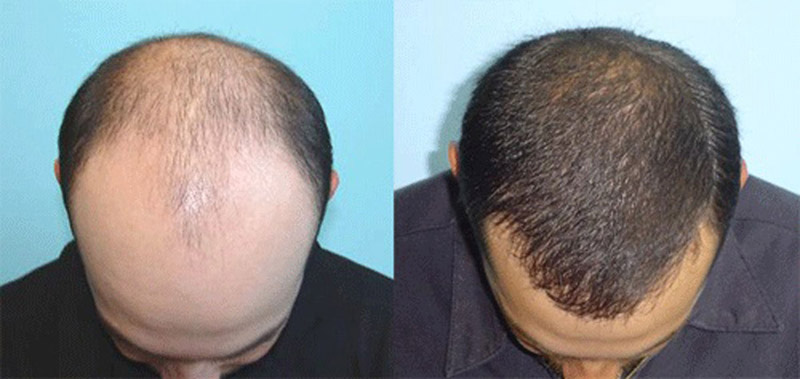
After undergoing a DHI hair transplant, the recovery process is an important step in achieving optimal results. It is crucial to follow the post-operative instructions provided by your surgeon to ensure a smooth recovery and minimize the risk of complications.
During the immediate post-transplant period, it is common to experience some discomfort, swelling, and redness in the treated areas. This is a normal part of the healing process and usually subsides within a few days. Taking prescribed pain medication, applying cold compresses, and avoiding activities that may increase blood flow to the scalp can help alleviate these symptoms.
It is important to avoid touching or scratching the transplanted area to prevent dislodging the newly implanted hair follicles. Your surgeon will provide specific instructions on how to care for your scalp, including when and how to wash your hair. It is recommended to use a mild shampoo and gently cleanse the scalp without rubbing or vigorous scrubbing.
It is normal for the transplanted hair to fall out within the first few weeks after the procedure. This is known as “shock loss” and is a temporary phase in the hair growth cycle. The transplanted hair follicles will gradually enter a resting phase before new hair growth begins. It is important not to be alarmed by this initial shedding, as it is a natural part of the healing process.
Avoiding strenuous activities, such as heavy lifting or intense exercise, is recommended during the initial stages of recovery. It is important to give your scalp time to heal and minimize the risk of injuring the transplanted follicles. Your surgeon may provide a timeline for when it is safe to resume normal activities and when you can expect to see new hair growth.
Regular follow-up appointments with your surgeon are essential to monitor the progress of your recovery process. They will evaluate the transplanted area, offer guidance on hair care, and address any concerns or questions you may have. It is important to keep an open line of communication with your surgeon throughout the recovery period.
In conclusion, the recovery process after a DHI hair transplant plays a vital role in achieving successful results. By following your surgeon’s instructions, taking proper care of your scalp, and being patient during the hair growth cycle, you can promote a healthy recovery and enjoy the benefits of your new hair. Remember, each individual may have a slightly different recovery experience, so it is important to consult with your surgeon for personalized recommendations.
Success Rate Of The Dhi Hair Transplant Method
The success rate of the DHI Hair Transplant method is a crucial factor that individuals consider before undergoing the procedure. It determines the likelihood of achieving desired and satisfactory outcomes. The DHI Hair Transplant method, also known as Direct Hair Implantation, is an advanced hair restoration technique that offers promising results for individuals experiencing hair loss or thinning.
The success rate of the DHI Hair Transplant method can vary depending on various factors such as the skill and experience of the surgeon, the quality of the donor area, and the individual’s overall health. However, on average, the success rate of this procedure is relatively high.
One of the reasons behind the high success rate is the meticulous and precise nature of the DHI Hair Transplant method. Unlike other traditional hair transplant methods, DHI involves the direct implantation of hair follicles into the recipient area without the need for creating incisions or channels beforehand. This minimizes the potential damage to the follicles and increases their survival rate. Moreover, the use of special DHI tools and techniques allows for more accurate placement and alignment of the hair follicles, resulting in a natural-looking hairline and overall aesthetic appeal.
- In addition to the technical aspects, the success rate of the DHI Hair Transplant method also depends on the patient’s adherence to the post-operative care instructions. Following the transplantation, individuals are advised to avoid excessive physical activities, exposure to direct sunlight, and smoking. These precautions ensure the proper healing of the transplanted hair follicles and promote their growth.
- It is important to note that the success rate of any hair transplant method, including DHI, may vary from person to person. Factors such as individual hair characteristics, the stage of hair loss, and the presence of underlying medical conditions can have an impact on the overall outcomes. Consulting with a qualified and experienced hair transplant surgeon who specializes in the DHI technique is crucial to determine the potential success rate and suitability of the procedure for each individual’s unique case.
| DHI Hair Transplant Method | Success Rate |
|---|---|
| Procedure | Relatively high |
| Factors affecting success | Surgeon’s skill, donor area quality, individual’s health |
| Benefits | Natural-looking results, minimal damage to follicles |
| Post-operative care | Adherence to instructions crucial for proper healing |
| Individual variations | Hair characteristics, stage of hair loss, medical conditions |
HAIR TRANSPLANTATION
Why Hair Transplantation is Popular in Turkey
The Benefits of FUE Hair Transplantation
What is FUE Hair Transplant Method?
All Details of Hair Transplantation
